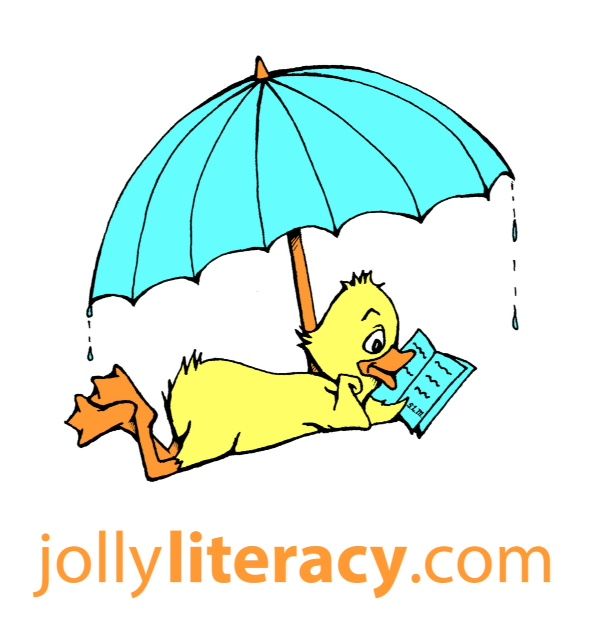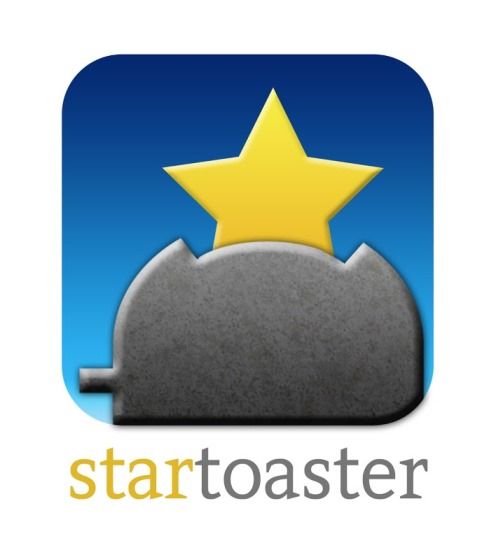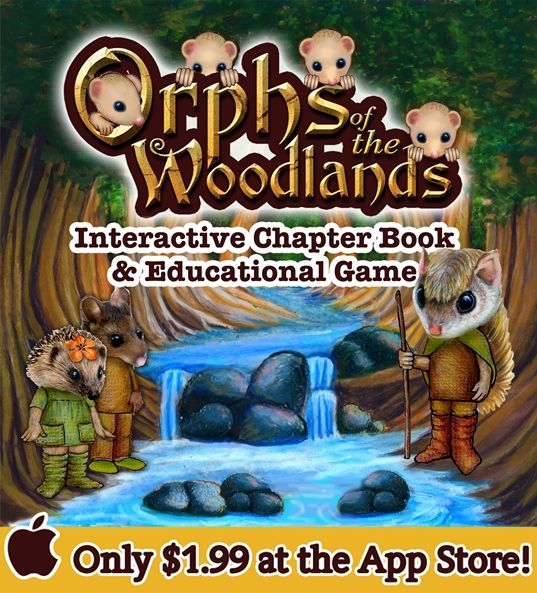This review goes hand-in-hand with the jollyliteracy.com and just2ducks LLC Jolly Phonics and Grammar review that I posted earlier this week. Like I said before, I loved teaching my first grade students in the classroom to read many years ago, and I love even more teaching my own kids at home now. To me, it's one of the most rewarding privileges of homeschooling the early years. Words are everywhere--books, signs, stores, mail, directions, recipes, letters. Whether it's for entertainment purposes or to increase knowledge, reading is an every-day skill. Literature is the foundation of our schooling, so reading well is vital in our family.
I taught my first 3 kids to read without the use of any curricula. My philosophy for little ones is that they learn best through play. I teach letters through manipulatives, puzzles, games, and typical conversations (saying things like, "Do you see that M on that sign?" and "Look! There's a T just like your name.") Once letters and sounds have been learned, we move to blending into words, using the same methods, adding in writing the words on paper or dry erase board. Any time you can get a little one involved in sensory learning, the lesson is fun, inviting, and productive. These Can Do Cubes are perfect for our style of learning.
The Can Do Cubes set is used to teach synthetic phonics. The approach, as I described above, begins by teaching simple phonemes (sounds), blending them to make words, teaching complex phonemes, and blending those. The set contains many components to complement any synthetic phonics program.
- Stage 1 Cubes -- 27 1-inch cubes showing one spelling for each of the 44+ sounds that make up the simple alphabetic code.
- Stage 2 Cubes -- 30 individual 1-inch cubes along with 2 cubes connected with a string (to represent split digraph sounds) showing the spellings for the 175+ sounds of the complex alphabetic code.
- Handbook for Stage 1 -- Small spiral-bound book filled with information about reading, such as pre-reading activities, explanation of the alphabetic code, encoding, pronunciation chart, notes, and much more.
- Handbook for Stage 2 -- An identical book to the other, but filled with helpful instruction of the complex alphabetic code cubes, capital letters and punctuation, reading and spelling activities, phonemes charts, and more.
- Teaching Learning and "Sounding Out" DVD -- An interactive demonstration of pronunciation and sounding out of words presented by Debbie Hepplewhite, synthetics phonics consultant and creator of the Can Do Cubes set.
- Phonics Chart -- A large chart that explains phonemes, graphemes, and teaching points for each.
- Word Charts -- Two large charts that list by cube number the words that can be made.
- Teacher's Guide and Template Book CD -- Includes online templates and worksheets in PDF for easy printing.
The cubes themselves are made of hardwood and laser-engraved. The Stage 1 cubes each have a small number at the bottom, indicating its placement of learning. There are 8 different cubes: 6 of number 1 and 3 of numbers 2-8. Each number cube is the same and contains all of the sounds for the number. For example, all 6 number 1 cubes have the letters s, a, t, i, p, n.
The Stage 2 cubes show the spelling variations for the 44 sounds. For example, one cube shows the different long a sounds: ai, ay, a, ey, eigh, ea. There are also cube for capital letters, punctuation, double letters, and split vowel digraphs. Each cube type is arranged in a way to make it easy to find.
The Can Do Cubes are listed in the order of the Jolly Phonics curriculum, so it made it easy for us to use the two resources together. My 4-year-old is at the beginning stages of reading and is just learning to blend sounds to make words. While he does enjoy sitting at the table and reading simple CVC (consonant-vowel-consonant) words, he much prefers to "play" with his blocks. The multi-sensory approach works very well for him.
There are many ways in which we use these cubes:
- I make a sound and he finds the matching letter.
- I say a word and he finds the letters to make it.
- I make a word and he reads it.
- I make a word and he finds the letters to copy it.
- I put 2 letters and leave a space for another. I say a word and he finds the missing letter.
- I make a word and he finds all the possible rhyming words.
The possibilities of learning with these cubes are really endless. You can say a word, have the student make it with the cubes, and then write it on paper. Or for even younger kids, you can have them find all the matching letters on the cubes. You could use them in a hangman type game or the child makes a word for you to read. If it involves letters, sounds, or reading, you can use these cubes to do it.
The materials are well-made and fit in the main box, making it easy to keep track of it all. The trays have pull tabs on the sides so you can easily get them out. Even my older kids have enjoyed the cubes, both by themselves and helping their learning-to-reading little brother. I love that the trays list which cubes belong where, especially for those times when the toddler like to dump everything out at once, ha.
If you have a student who is learning to read, struggling with spelling, or just needs a multi-sensory approach, we recommend the Can Do Cubes.
You can connect with jollyliteracy.com on the following social media sites:
Facebook
Twitter
Pinterest
You can see how other homeschool families used these cubes by reading the reviews on the Schoolhouse Review Crew blog.
The materials are well-made and fit in the main box, making it easy to keep track of it all. The trays have pull tabs on the sides so you can easily get them out. Even my older kids have enjoyed the cubes, both by themselves and helping their learning-to-reading little brother. I love that the trays list which cubes belong where, especially for those times when the toddler like to dump everything out at once, ha.
If you have a student who is learning to read, struggling with spelling, or just needs a multi-sensory approach, we recommend the Can Do Cubes.
You can connect with jollyliteracy.com on the following social media sites:
You can see how other homeschool families used these cubes by reading the reviews on the Schoolhouse Review Crew blog.










